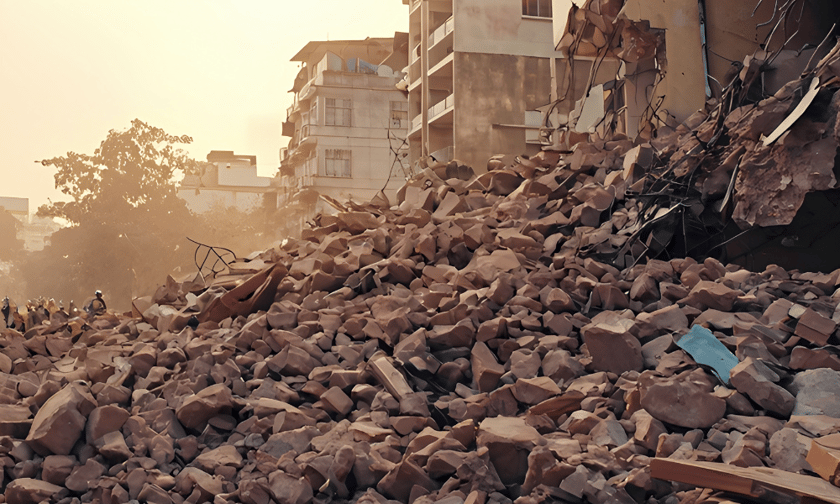

The collapse of a 30-story government building under construction in Bangkok after a 7.7-magnitude earthquake has raised questions about insurance coverage, liability, and construction risk management.
The structure, which was to house Thailand’s State Audit Office, crumbled within minutes of the quake, killing 12 workers and trapping nearly 80.
It was the only high-rise to fall in the city, prompting concerns about construction standards and potential insurance claims.
According to Bloomberg, the building was insured for its full contract value of 2.14 billion baht ($63 million), with coverage expected to play a key role in financial recovery. However, the collapse has also triggered an official investigation into whether deviations from approved construction plans or substandard materials contributed to the disaster—factors that could impact insurance payouts.
Italian-Thai Development Pcl, one of the contractors behind the project, confirmed that the building had full insurance coverage.
The company, along with its joint venture partner China Railway Number 10 Thailand Co., may face scrutiny over potential liability, depending on the findings of the government’s probe. If negligence or design flaws are identified, insurers may challenge claims or adjust payouts.
Bloomberg reported that Italian-Thai’s stock fell 27% following the collapse, signaling market concerns over potential legal and financial repercussions.
The company has pledged to compensate affected families and provide medical care for survivors, but questions remain over how insurers will assess damages and responsibility.
Thai authorities have launched an inquiry, with the Interior Ministry appointing a panel of experts to determine the cause of the collapse within seven days.
The Ministry of Industry is also testing steel samples from the site. If findings point to construction errors or the use of inferior materials, insurers could investigate whether policy terms cover such scenarios or if exclusions apply.
The collapse has also drawn attention to Thailand’s broader construction insurance landscape. With about 13,000 buildings in Bangkok reporting some level of earthquake-related damage, the industry faces a wave of claims. Structural engineers have noted that Bangkok’s soft clay foundation amplifies seismic effects, raising concerns about the adequacy of risk assessments in high-rise projects.
Authorities have also detained four individuals attempting to remove construction-related documents, further complicating the legal and insurance dimensions of the case. Bloomberg noted that these records could be key in determining contract compliance and liability.
With insurance payouts and legal battles likely to unfold, how should insurers and regulators address risk management in future large-scale construction projects? Let us know your thoughts in the comments below.
